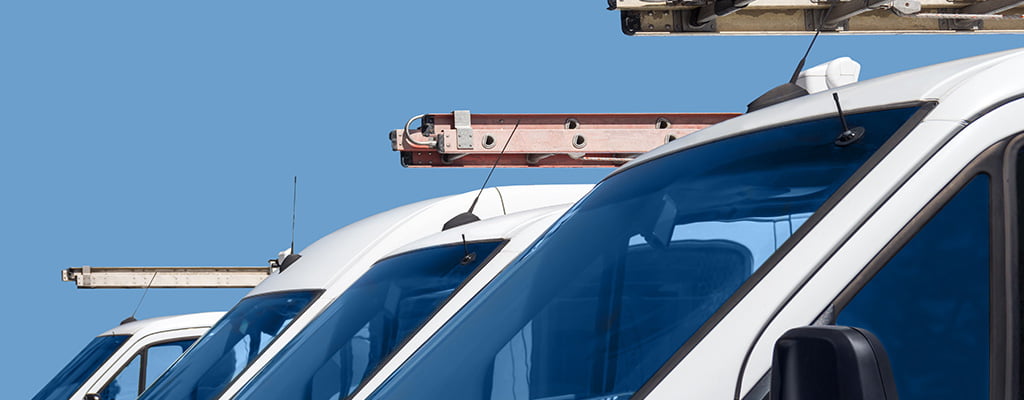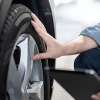
The term ‘at-work drivers’ covers a range of different professions and means the contents of their vehicles could range from large pieces of specialist equipment, to a laptop bag and papers. Whatever they’re carrying, this week’s tips offer advice to business drivers on ensuring their loads are properly secured to their vehicles.
- The heavier the lower, the lighter the higher. Pack bigger and heavier items at the bottom as a base then put the smaller items around or on top of them. This helps to keep the centre of gravity low and maintain stability when moving.
- A badly loaded vehicle could affect headlight alignment as the front of the vehicle is raised up or down – check their height before setting off and adjust them to prevent dazzling other drivers.
- If drivers are regularly packing too much into the back of their vehicle it might be worth investing in a roof box or roof racks. The same ‘heavier lower/lighter higher’ rules apply but ensure you don’t overload the roof box beyond the recommended weight –drivers should amend their driving to take account of the higher centre of gravity.
- Make sure bigger items fit properly inside the vehicle. The Highway Code states that “you must secure your load and it must not stick out dangerously.” If a business driver is required to carry a large item for work, it’s worth ensuring they have the correct sized vehicle to do so, or that their load is properly secured to minimise distractions and danger to others.
- Keep the driving area within the vehicle clear. The driver must have full use of their mirrors and windows, as well as the controls of the vehicle – drivers have been known to crash because of a loose can under the brake pedal – don’t risk it! Make sure to keep areas such as the parcel shelf and footwells clear.
IAM RoadSmart’s head of driving and riding standards, Richard Gladman said: “Overloaded vehicles can become easily unstable, difficult to steer or less able to stop safely due to uneven weight distribution and the forces needed to stop heavy vehicles. Once your load is secure take a quick test drive so you can feel what has changed. Once you are on the move observation and anticipation are even more important if your car is driving differently from normal. Remember to adjust your headlights if needed.
If you’re a fleet manager looking to instil best practises such as these in your drivers, contact us today to learn about our fleet risk management solutions that can help make your fleet safer and more efficient.



